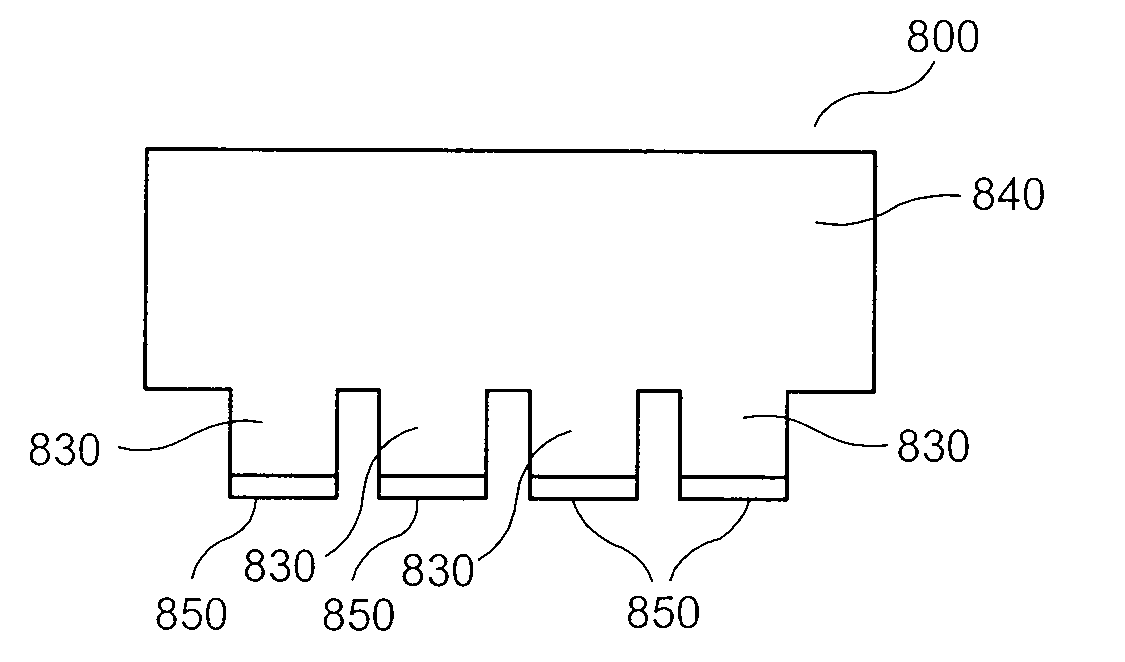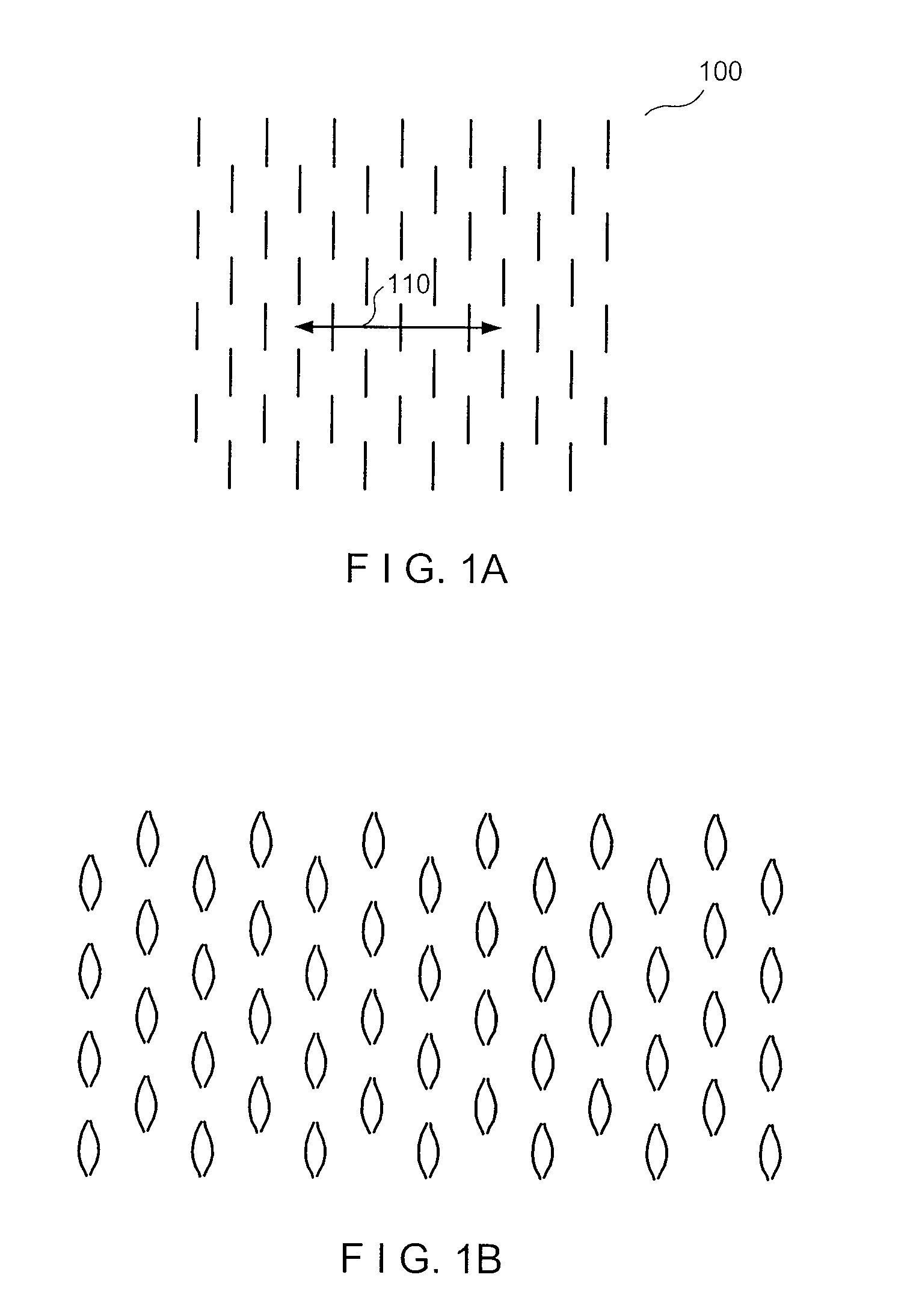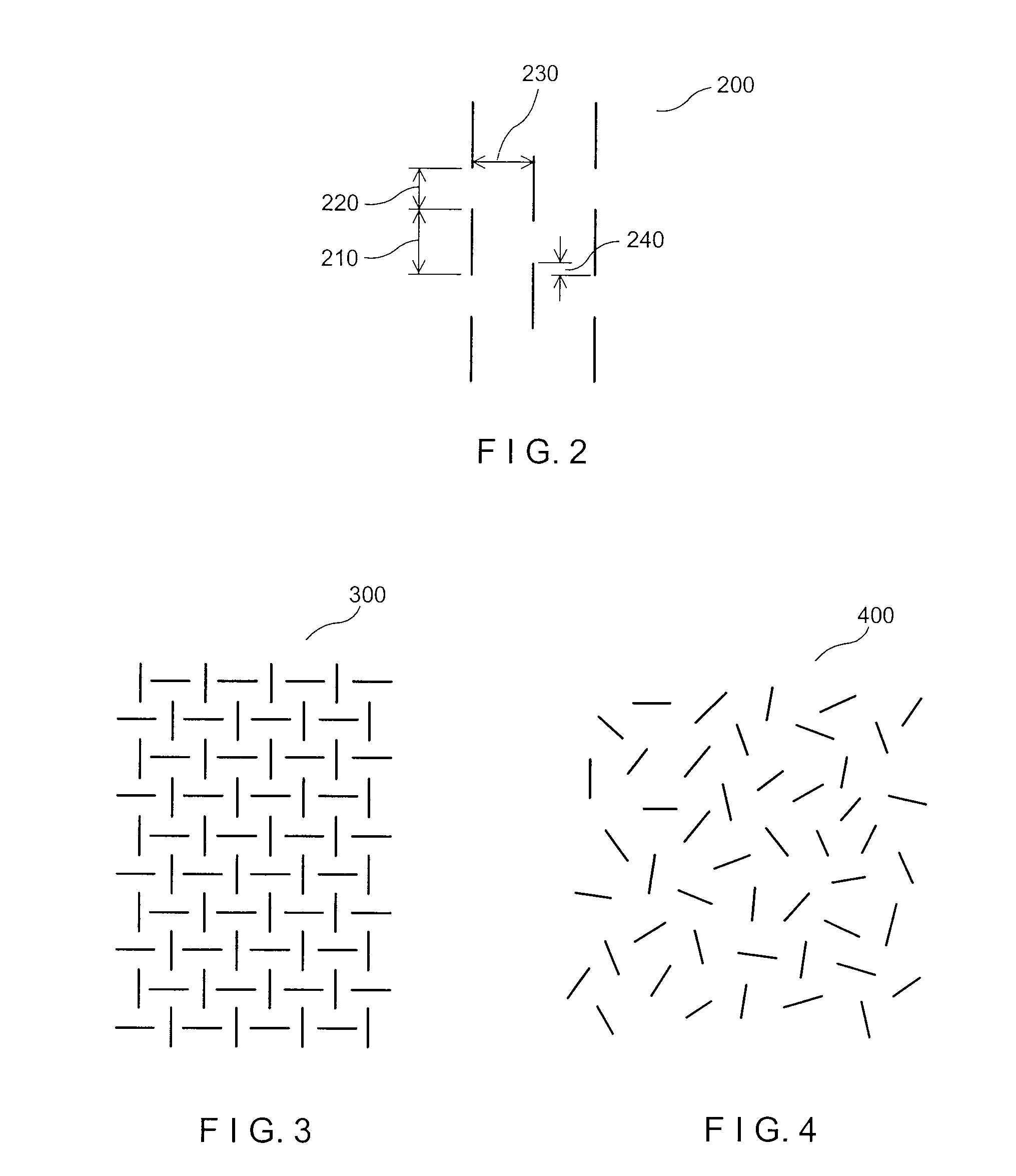Method and apparatus for tissue expansion
a tissue and tissue technology, applied in the field of biological tissue expansion, can solve the problems of poor skin healing, large defects are often left open to heal, burn victims often suffer many painful surgeries, etc., and achieve the effect of reducing the presence or likelihood of noticeable holes or scars and improving outcomes
- Summary
- Abstract
- Description
- Claims
- Application Information
AI Technical Summary
Benefits of technology
Problems solved by technology
Method used
Image
Examples
example
[0111]Images of an exemplary blade in accordance with embodiments of the present disclosure are shown in FIGS. 15A and 15B. The exemplary blade illustrated in FIG. 15A can be similar to the exemplary blade 800 illustrated in FIG. 8A. A close-up view of the extensions provided on the blade 800, each with a cutting edge at a distal end thereof, is shown in FIG. 15B.
[0112]Images of the exemplary apparatus in accordance with certain exemplary embodiments of the present disclosure are shown in FIGS. 16A-16D. The exemplary apparatus shown in FIG. 16A can include a handle attached to plurality of blades, where each blade is similar to the blade shown in FIG. 15A. FIGS. 16B and 16C are close-up images of the stack of blades having spacers between them, similar to the stack of the blades 900 shown in FIG. 9. FIG. 16D provides an image of the array of cutting edges provided by the exemplary apparatus, which can be used to form a pattern of micro-slits that is similar, e.g., to the pattern of ...
PUM
 Login to View More
Login to View More Abstract
Description
Claims
Application Information
 Login to View More
Login to View More - R&D
- Intellectual Property
- Life Sciences
- Materials
- Tech Scout
- Unparalleled Data Quality
- Higher Quality Content
- 60% Fewer Hallucinations
Browse by: Latest US Patents, China's latest patents, Technical Efficacy Thesaurus, Application Domain, Technology Topic, Popular Technical Reports.
© 2025 PatSnap. All rights reserved.Legal|Privacy policy|Modern Slavery Act Transparency Statement|Sitemap|About US| Contact US: help@patsnap.com



